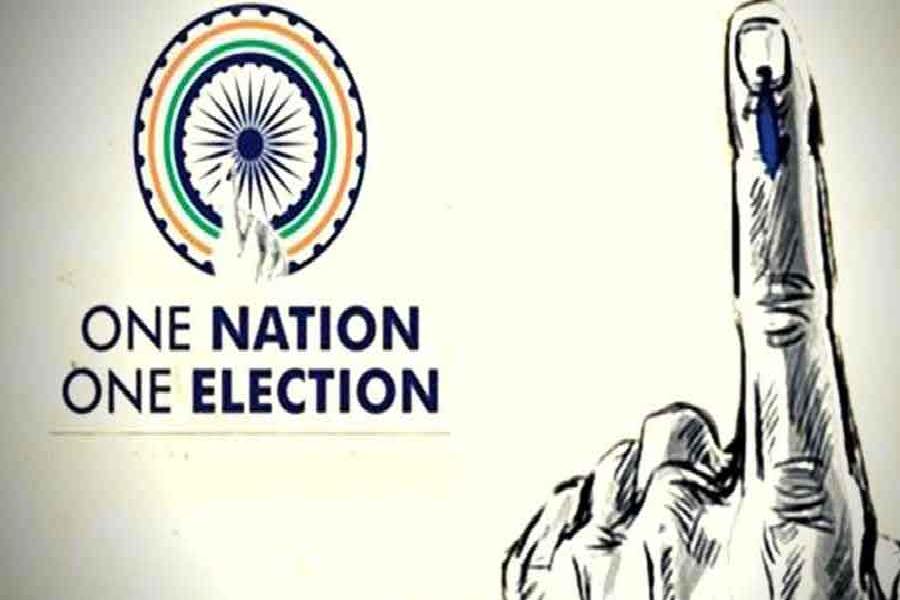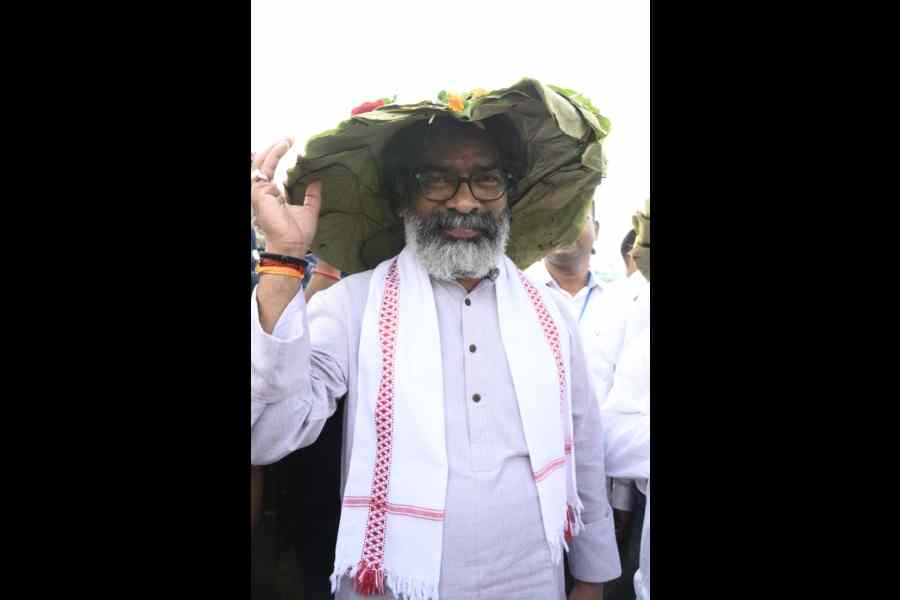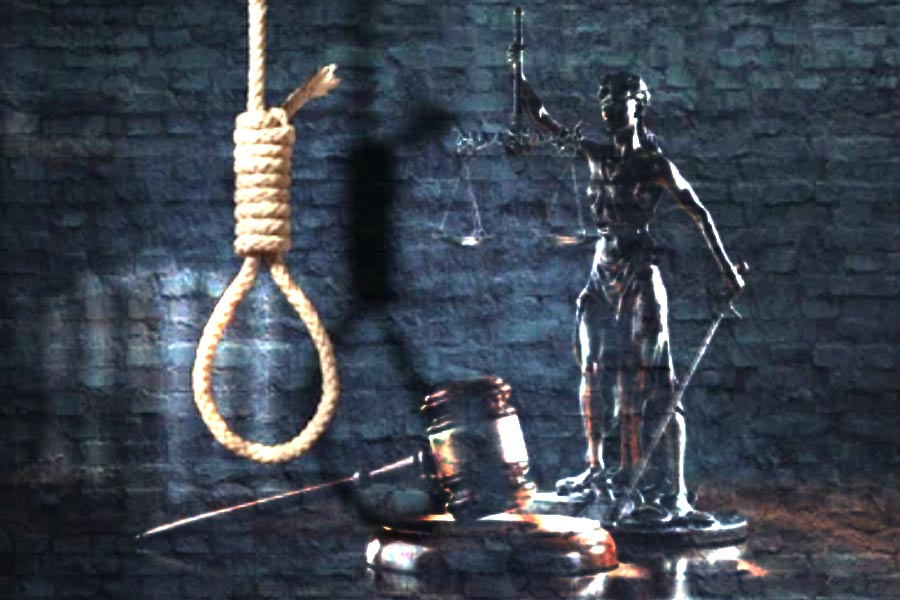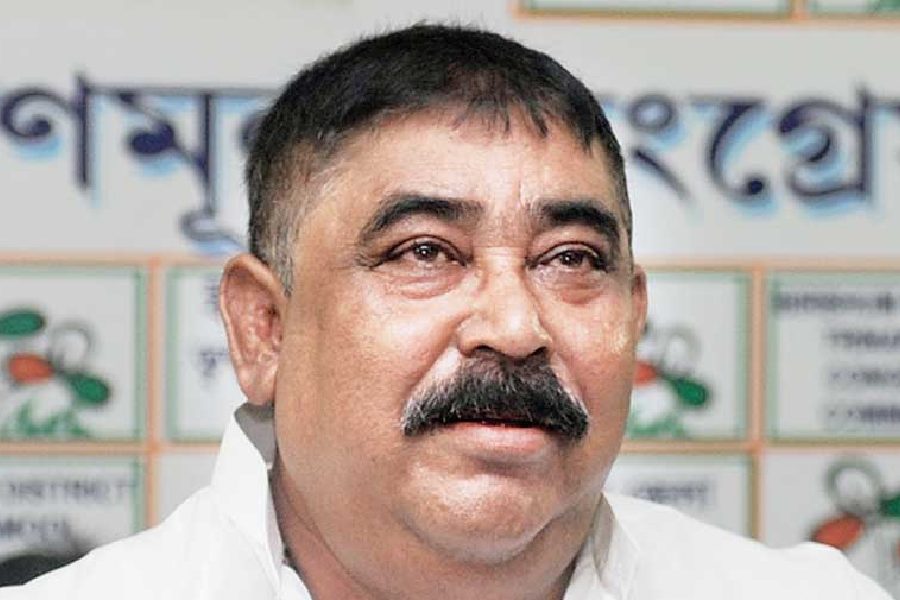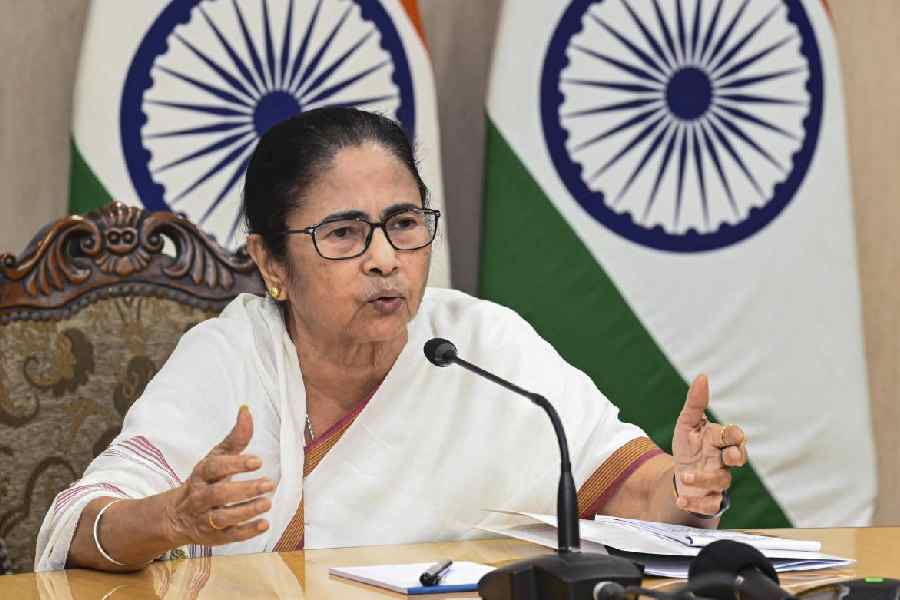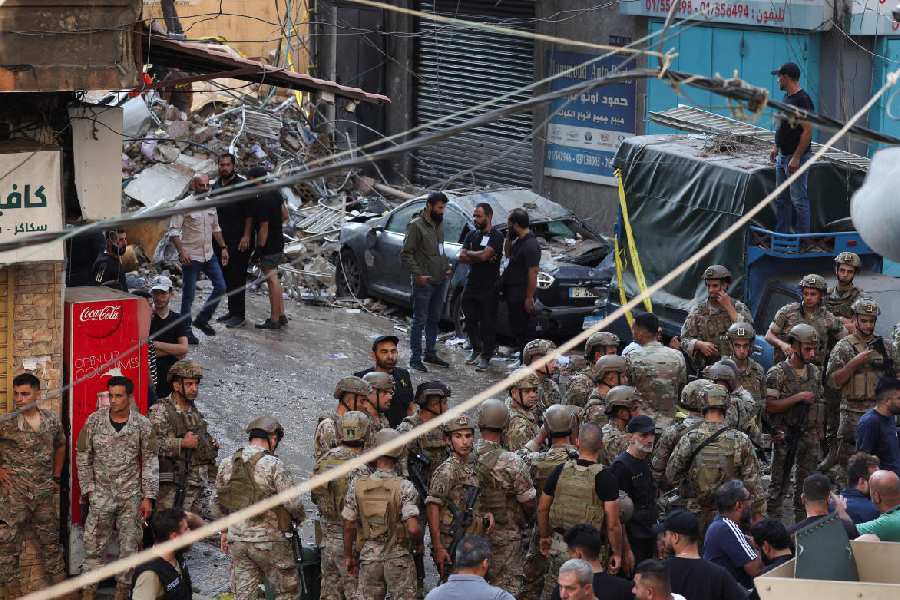I was unenthusiastic when I first received a written invitation and thereafter a phone call from a senior official in the law department of the Union ministry of law and justice asking me to express my views on the “one nation, one election” idea being canvassed by the present dispensation in the Centre.
I agreed to make a presentation after a further phone call with a request on behalf of the chairperson of the committee establishedfor this purpose but I was sceptical and always knew there would be scant space or regard for a divergent opinion.
I was pleasantly surprised at the courtesy and respect accorded to me as a protocol officer escorted me in a government car to the meeting venue late last winter at one of those remodelled bungalows off the central maze near what we grew up calling the Raj Path.
The chairperson of the committee, former President Ram Nath Kovind, heard me patiently for nearly an hour, including my reading out some Articles from a copy of the Constitution of India that I carried with me. When I finished, the chairperson asked if I would pen my thoughts. I replied that I would if written queries were forwarded to me. That was the end of that.
From the body language and the expressions on the faces of some of the senior officials present at the meeting, I could gauge that my opinion made no difference to them. It appeared as if they had to go through the motions to record at least one contrary view.
I refer to that meeting not for the mood or the lavish vegetarian spread laid out at the end of it; rather, I would like to mention a minor incident that occurred after the meeting.
As the law secretary escorted me back to the car and I got into it, there was a mild tap on the window on the other side. I stretched to roll the window down. One of the law ministry minions addressed me in Bengali to tell me that many had been invited to such meetings but I was the first to offer an opposing opinion.
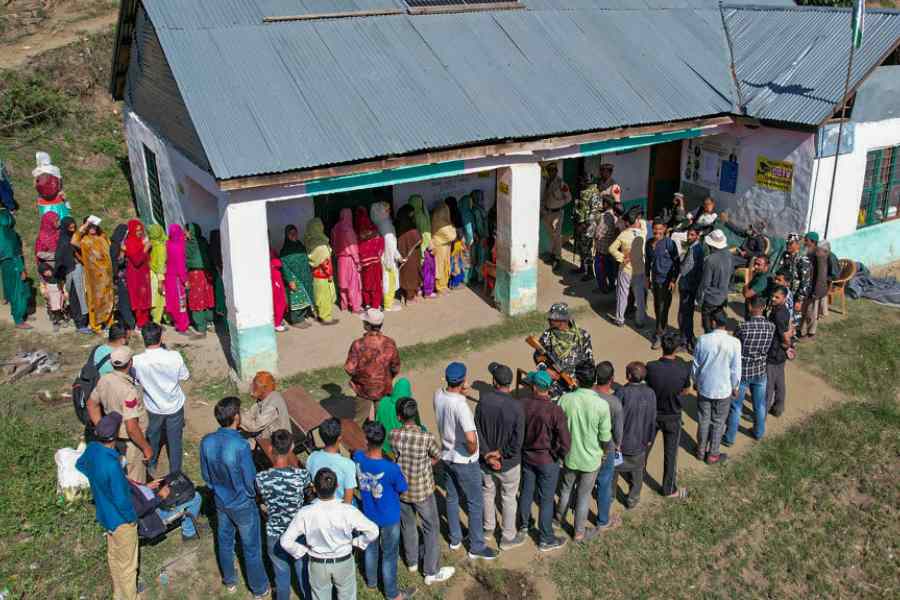
Voters queue at a polling station in Doda district of Jammu on September 18 PTI picture
I had ventured to ask at the very outset of the meeting why it was necessary to even think of simultaneously holding the Lok Sabha and state legislative assembly elections. I received the broad response that election was an expensive affair and that repeated elections in states result in a kind of paralysis in policy implementation and decision-making and thus impedes development and progress.
From what I have read elsewhere, these arguments form the primary planks on which the idea is founded.
There exist many phenomena that the framers of our Constitution could not conceive. For one, it may never have occurred to them that regional parties would mushroom over the next century and even hold sway.
They may also have been unable to perceive that some governments with immense majorities in Parliament could dare think of cornering certain institutions designed to enjoy a degree of autonomy and could pack these institutions, which were apparently immune to political interference, with party acolytes.
Our governance at the Centre is fashioned on the Westminster model. But we have also replicated the same paradigm for state governments. The authority to legislate and, consequently, the areas of governance are clearly delineated in the Constitution and it is generally not possible for one to usurp the legislative or functional jurisdiction of the other.
This double Westminster system is somewhat unique and stands to be undermined under the proposed simultaneous election process.
The comparable provisions, in Article 85 for the Union and Article 174 for the states, underwent a bit of a tweak in the very first constitutional amendment in 1951. However, the part pertaining to the dissolution of the Lok Sabha in the Centre and the legislative Assemblies in the states remained unaltered.
Ordinarily, both the President and the governor would dissolve the Lok Sabha or the relevant state Assembly, respectively, upon advice from the appropriate political government.
Nonetheless, when the numbers thrown up by any election make it impossible for a government to be formed despite opportunities being afforded to the various political parties by the President or the governor, as the case may be, the President or the governor may exercise the power of dissolution without any advice in such regard being available.
This most crucial function must be diligently and honestly discharged by an otherwise only titular head of government. The Constitution did not conceive that persons in such high office would owe allegiance to any political party or become mere puppets at the end of strings controlled elsewhere.
The first great apprehension about simultaneous elections at the Centre and the states relates to the fear that the task of allowing government formation may not be diligently or honestly undertaken and may become abjectly subject to the partisan considerations of those who control the strings at the end of which governors in states dangle.
This outcome would strike a devastating blow to the fair democratic process built into the election system.
At any rate, several amendments must be made to the Constitution to provide for simultaneous elections and it would be undemocratic to not allow states to have their say or rush into them without a fair degree of political consensus. Several previous irrational amendments bulldozed through Parliament have taken a long time and considerable cost to be undone.
The argument that elections are hugely expensive and that the exercise involves a large number of public officials down the line is also devoid of any merit. For a start, if it is necessary to incur expenses to form governments at the Centre and the states as per the will of the people, so be it.
More importantly, the excuse about costs is somewhat specious in today’s India and much less relevant than it was in the India of the previous century.
Further, simultaneous elections would not guarantee the continuation of the governments for their full tenures. The remedy suggested by the committee to this eventuality is to hold mid-term elections but the tenure of those elected in the mid-term polls would end with the original term.
If expenses were really the concern, why incur more spending by curbing the tenure of those elected in mid-term polls and having more elections than is necessary under the present system?
Also, having elections for the Lok Sabha and the state Assemblies at different times would lead to less disruption by way of public servants being displaced from their posts to conduct the elections.
The contention of decision-making paralysis or lack of policy implementation is equally fallacious. The formation of a stable government does not necessarily lead to effective decision-making or clear policies or their implementation.
Sometimes, as experience has taught us, a less stable government may introduce and institute better policies that are acceptable all around and make decisions that appeal to a larger spectrum of the political firmament.
Indeed, there may be no nexus between simultaneous elections and more effective policy implementation or better decision-making. These results depend on the quality of the government of the day and the efficacy of its leadership.
Elections held over the last few decades have established that national subjects and local issues may be quite disparate. By and large, voting in most constituencies in the Lok Sabha polls is guided by national anxieties even though grave local matters may sometimes overwhelm larger national concerns in some pockets or constituencies.
Under the simultaneous elections exercise, the local worries may become drowned and the real will of the people may be lost in the misadventure because most of the electorate is still not educated enough to confidently strike different buttons in different machines during simultaneous polls.
Before 1947, “India that is Bharat” as described in the opening Article of the lex suprema that is the Constitution was never one country or under common governance or ever part of the same kingdom.
The most delectable Kerala dish may be unpalatable to a Manipuri; the colourful headgear of a Rajasthani may be found offensive at a religious function in Meghalaya; and, several courteous traditions in one part of the country may seem impolite in other corners.
Nevertheless, all of them together comprise the diversity that is celebrated as India.
Practices, concerns and even idiosyncrasies may differ within the same communities, let alone across vast tracts of our beautiful country. This discreteness must be respected and even nourished and never thrown into one hotchpotch of commonality.
The “one nation, one election” scheme may obliterate the last dregs of federalism that still flourish in our quasi-federal republic. History tells us that tables do turn. Myopic considerations and immediate prospects of advantages could lead to the present scenario being perceived as a long-term continuum.
However, the shoe may pinch when it is on the other foot. Homogenisation in the garb of unification and tinkering with institutions that ought to have been left independent may hurt in many ways than can presently be envisioned.
Strong regional forces may then even become an impediment to unity. Several institutional corrections are necessary in the nation’s administration but diluting the democratic framework is certainly not one of them.
For nearly two decades now, reforms have not been undertaken in the organisation of the police to bifurcate the law enforcement machinery from the investigation wing despite the mandate of the Supreme Court being binding under the Constitution.
Once uncaged, the parrot will flaunt its talents for the public good. There is also a crying need to insulate the bureaucracy from the constant threat of transfers and undesirable postings based on misguided political whims.
These brilliant administrators should be allowed to function, certainly in compliance with the policies framed by the elected representatives, but implemented only through impartial agencies.
Sanjib Banerjee is former Chief Justice of the Madras and Meghalaya High Courts

